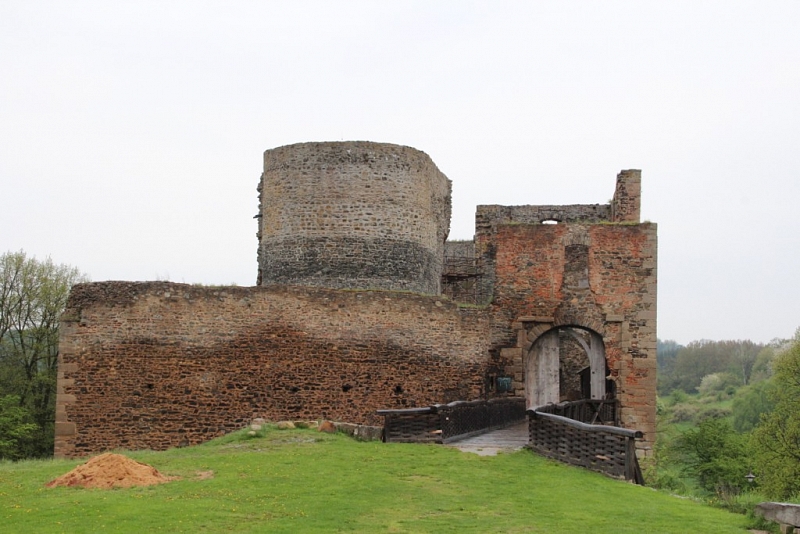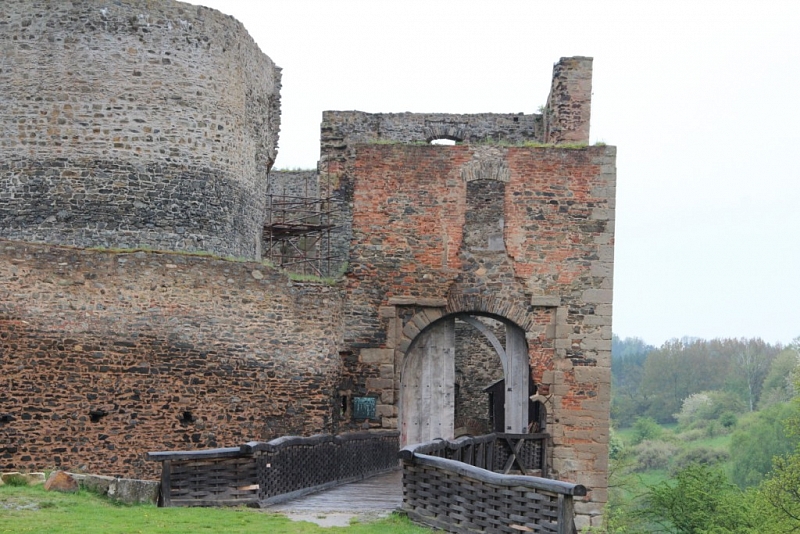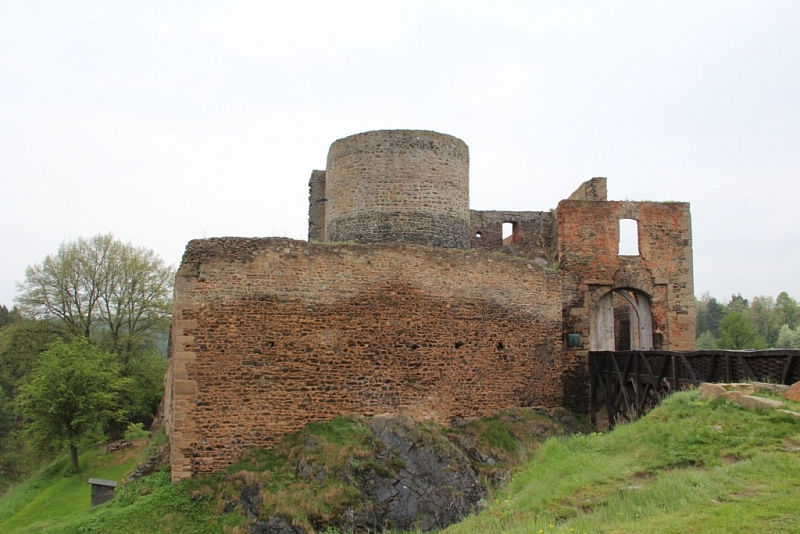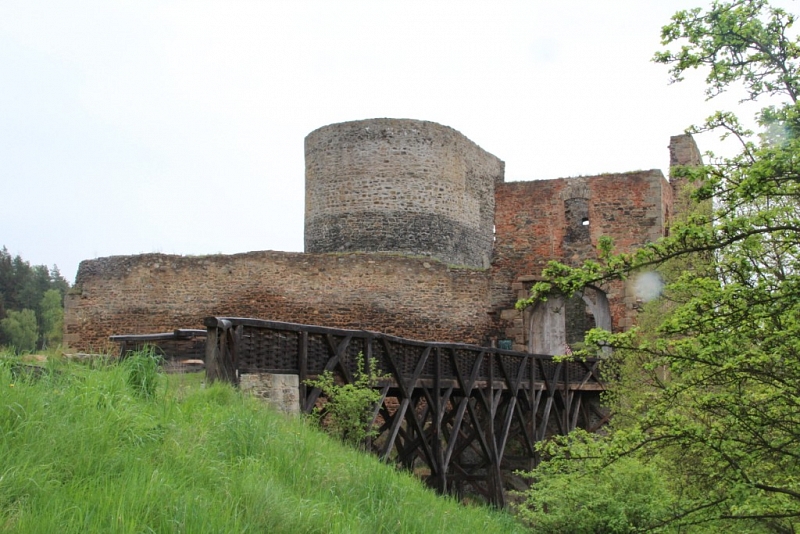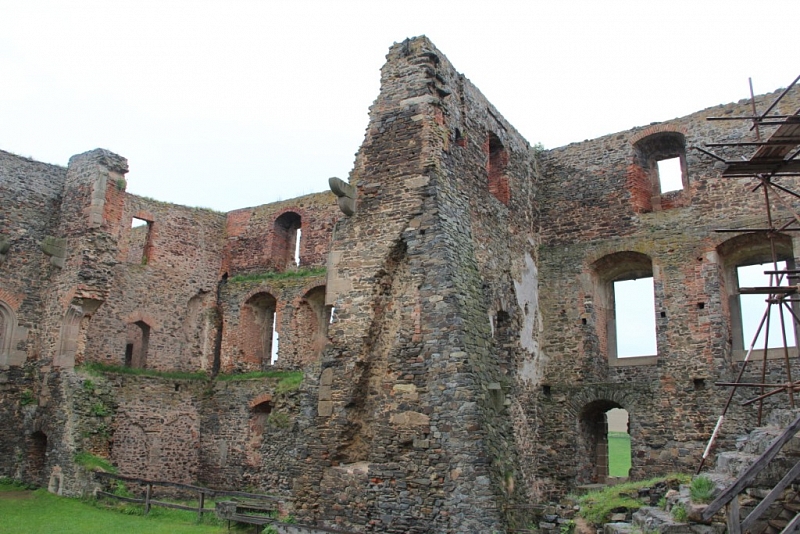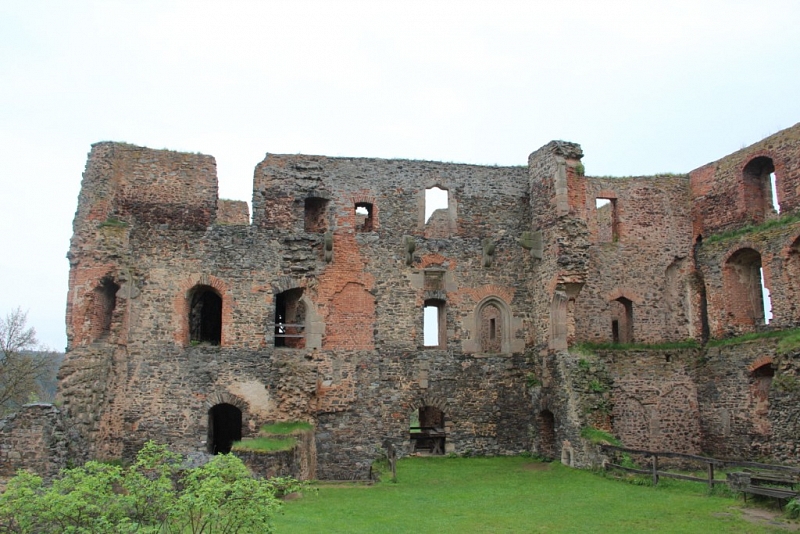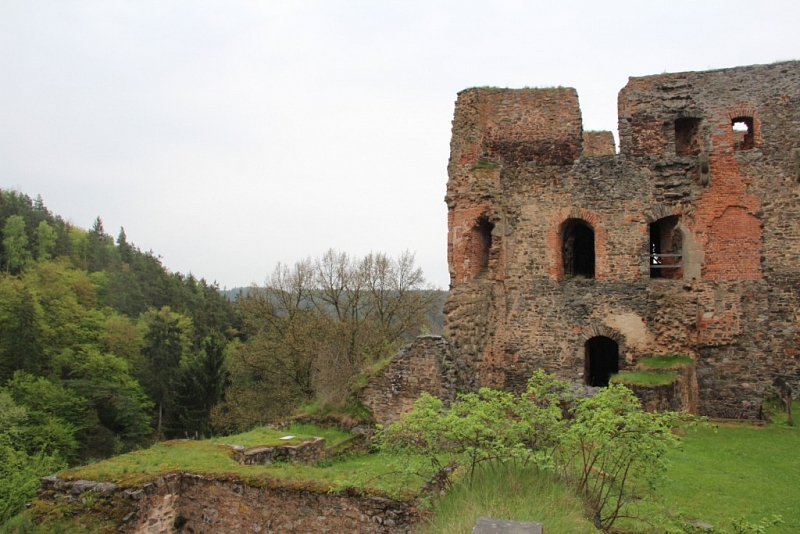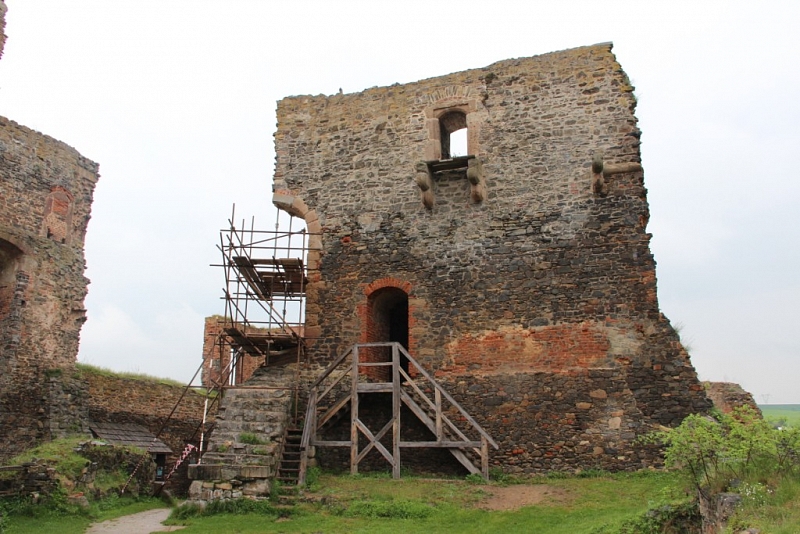Krakovec castle
Come with us to the fairy tale, we will show you where Leontýnka lived with her father, the knight Brtník from Brtník. In addition, you will see for yourself what the castle looked like, which was repaired by the dwarves.
Information for visitors
Interesting facts Krakovec castle
The Gothic castle was built in the years 1381 - 1383 by the burgrave Jír of Křivoklát of Roztoky. At that time, the newly emerging residence was unique and preceded its time in many ways. The defensive elements were reduced to a minimum, the castle was built on a low rocky promontory. The classic massive defensive tower is missing. Maximum emphasis was placed on comfort and living, the castle has 27 rooms and a chapel. Shortly before leaving for Constance, Master Jan Hus stayed here, preaching in the local chapel. The owners of Krakovec took turns and so the castle began to decay. From 1447 it was owned by the Kolovrat family for 100 years and from 1548 it belonged to the Lobkovices. They started a partial reconstruction, built new Renaissance gables. The ensuing Thirty Years' War, however, devastated the building again. At the end of the 17th century, further reconstruction followed and the castle was ready for occupancy. A new red ceramic roofing was given, according to which the castle was also called the Red Castle. In 1783, he was struck by lightning and burned down. All that remained were the perimeter walls and some vaults. Its owner, Václav Karel Hildprant, decided not to carry out another restoration and so the castle became a ruin. Today, the castle is owned by the state and its restoration is taken care of by the Czech Tourists Club.
On the first floor of the castle there were representative spaces, a large hall and a castle chapel, which had an untraditionally designed bay window. Also a large hall with a fireplace, which occupied almost the entire west wing. It led to the castle and now again leads a long wooden bridge terminated by a drawbridge over a deep moat. It also included a half-cylinder defense tower, but it was certainly not as large and massive as other castles of the time.
According to legend, the mythical fortified settlement of Prince Krok stood on the site of the castle, after which the castle got its name.
Author: Marie Bukovinská
